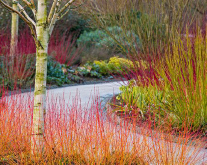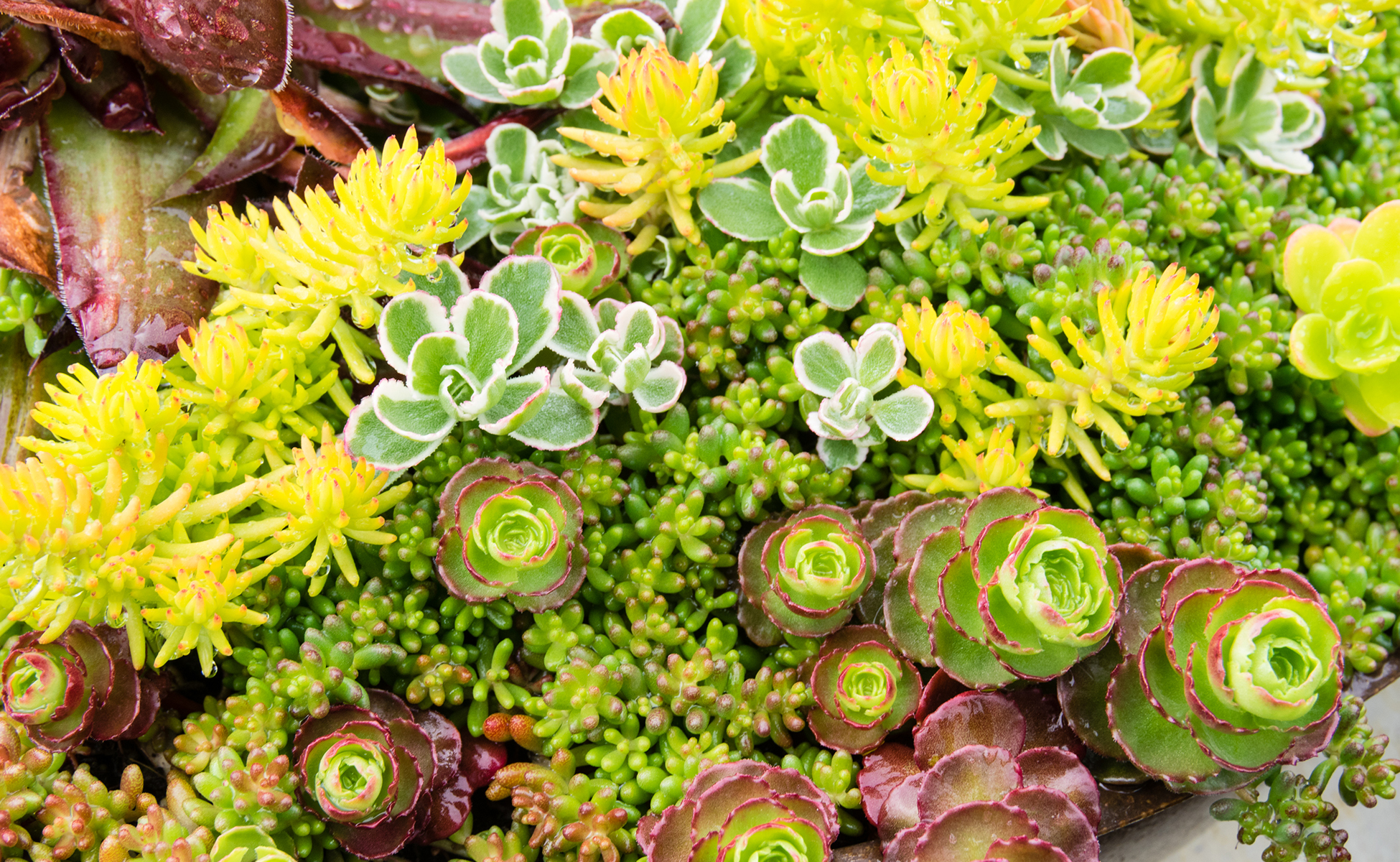Drought and heat tolerant plants
Drought and heat tolerant plants :
Plant them now for a carefree display next Summer!
Just back from France and couldn’t help noticing the beautiful green spaces in urban areas, but more importantly the conscious effort to choose plants that are more adapted to our changing climate and require little water once settled. No more petunias and other thirsty annuals, but lots of drought resistant perennials and grasses which we can all use in our gardens.
Good preparation of the ground is key to the long-term establishment and health of your new planting scheme. This involves getting rid of weeds that will compete with the new perennials, turning over the soil to aerate and improve its structure, then adding a lot of good compost, and even some grit to help with drainage.

A colour combination that works particularly well in hot and dry borders is blue, yellow and white. For this you could use some of the following plants:
Perovskia Blue Spire
Nepeta Walkers’ Low
Verbena bonariensis
Euphorbia characias
Phlomis russeliana
Gaura lindheimeri
Lavandula or Santolina
And lots of tall or smaller grasses such as Calamagrostis and Stipa…
Limit your palette of plants, plant in groups of 3 or 5, and repeat throughout the border.
If you do this between September and November, your new planting scheme should settle over the Winter and give you a beautiful, drought resistant display by next Summer.
Happy Gardening!
Anne Fraser and Caroline Streets
07729 835988 & 07930 876348









